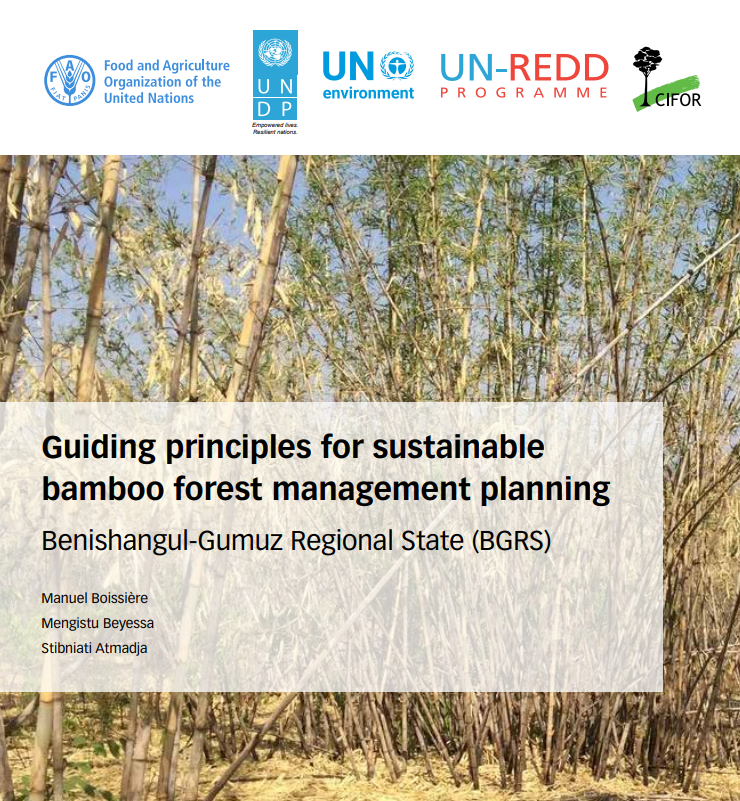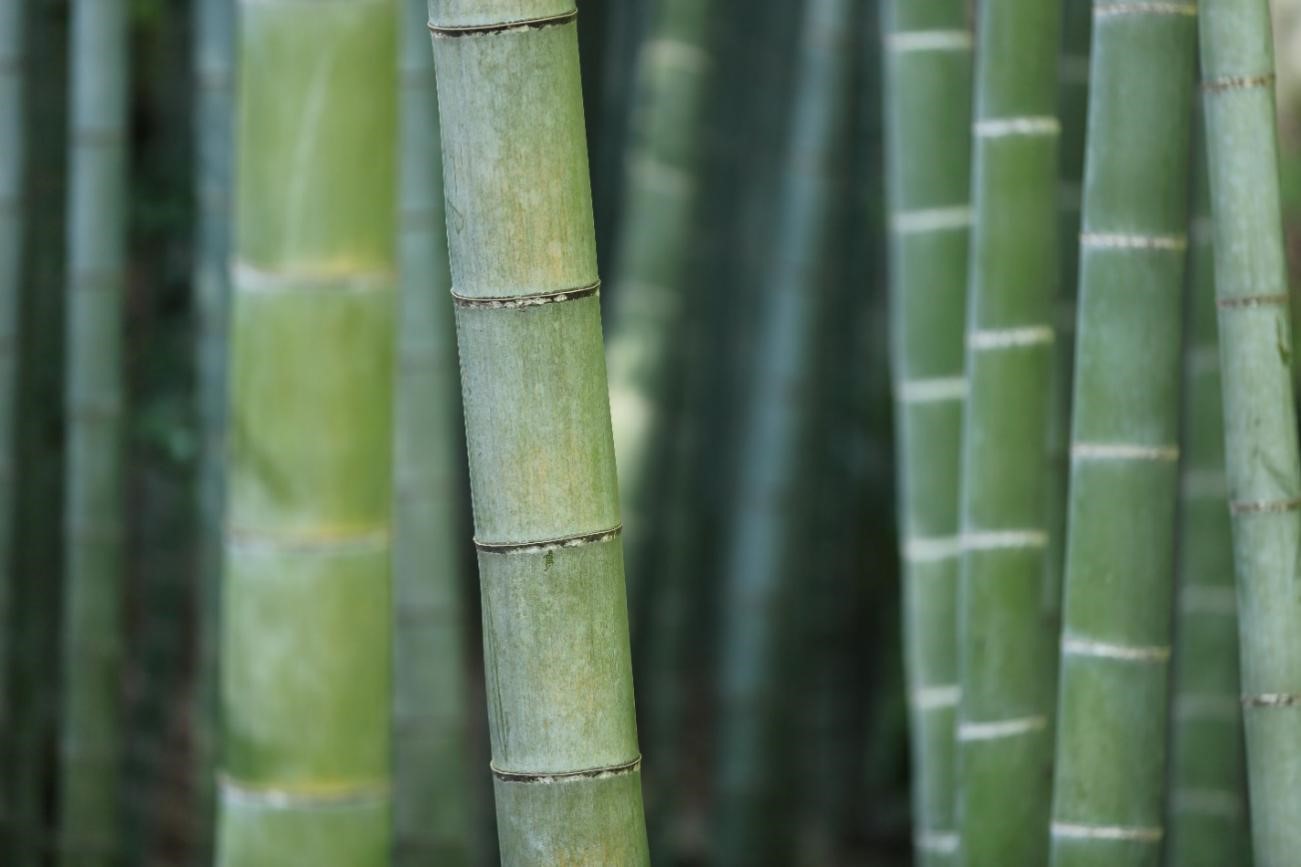Historically, bamboo has played a key role in the lives of many people in tropical countries around the world. Considering that bamboo is one of the fastest growing plants in the world, with many uses, its booming global popularity comes as no surprise. According to the International Network for Bamboo and Rattan (INBAR), Ethiopia has two-thirds of all bamboo found in Africa. From traditional handmade, woven baskets to furniture shops, the Ethiopian bamboo industry has the potential to contribute to Ethiopia’s ambition of becoming a middle-income country in the next ten years. However, given the increasing degradation of bamboo caused by land conversion, the challenge is ensuring its sustainable management.
In Ethiopia, bamboo provides an array of market opportunities in the form of commercial, non-wood forest products such as furniture, flooring, mats, toothpicks, scaffolding and serving as food for both people and animals. It also plays an important ecological role through soil erosion control, water conservation, land rehabilitation and carbon sequestration. According to INBAR, the potential revenue and employment from bamboo for Ethiopia is enormous. Three million hectares of plantations could generate $5 billion in revenue and 1.3 million jobs. Although it has already proven a significant economic and environmental resource for Ethiopia, bamboo’s full potential has yet to be fully tapped in bringing additional income to poor farmers and facilitating land restoration.
The highest bamboo forest cover in Ethiopia is found in Benishangul-Gumuz Regional State (BGRS) where the Oxytenanthera abyssinica - a species adapted to dry land, poor and shallow soil and degraded landscapes - thrives. It plays a crucial role as a buffer to increasing desertification coming in from neighbouring Sudan. However, in the last 10 years, bamboo in BGRS has been degraded due to unsustainable agricultural practices such as fire and land conversion for agricultural investments. In order to fully tap the potential of bamboo in this region of Ethiopia, a paradigm shift in the perception of bamboo as more than simply a weed is required. In addition, a comprehensive plan for bamboo forest management is required at the regional level to ensure adaptation and implementation at the local level.

To support the development of a sustainable bamboo forest management plan for BGRS, the UN-REDD Programme has published ”Guiding principles for sustainable bamboo forest management in Benishangul-Gumuz Regional state (BGRS)” in collaboration with the Center for International Forestry Research (CIFOR). Produced in English and Amharic, the publication provides guidance, suggestions and identifies key challenges and opportunities in the sustainable management of the regions bamboo forests.
To support the use of bamboo resources for degraded land restoration in Ethiopia, there is a need to capitalize on existing projects and adopt available innovative forest monitoring tools to develop policies and actions in the country. Collaboration with government-managed nurseries and with village cooperatives and smallholder enterprises will be crucial in the process. Furthermore, participatory forest management projects are increasingly receiving recognition by policy makers in Ethiopia. These projects have been in place for many years and are building long-term relationships with local communities and local governments, negotiating rights for communities to trade bamboo resources and other associated non-timber forest products, as well as developing training for sustainable bamboo management, harvest and exploitation.
Useful links:
PUBLICATION: Guiding principles for sustainable bamboo forest management in Benishangul-Gumuz Regional state (BGRS)
PUBLICATION: ዘላቂ የቀርከሀ ደን አስተዳደር ዕቅድ መርሆዎች ቤኒሻንጉል ጉሙዝ ክልላዊ መንግሥት
PUBLICATION: Benishangul-Gumuz Regional State REDD+Design: A Regional model for REDD+ under the UNFCCC Warsaw Framework




